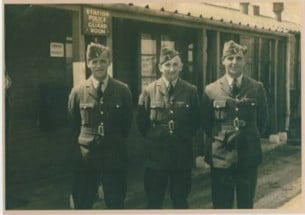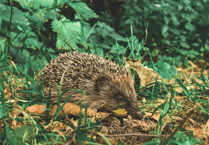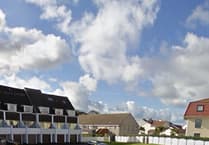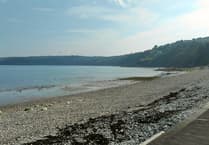It is more than 50 years since there was an RAF station at Jurby, but its legacy has made the parish what it is today.
Without the RAF, Jurby would have a tiny population, certainly not large enough to support a school, shop, parish hall, industrial estate, motor museum, motor sports and medical centre, as it does today.
The Friends of Jurby Church are planning an exhibition about RAF Jurby, to be shown in the church from August 17 - October 15, and they are asking people to share their memories.
Secretary, Sandra Kerrison said: ’Although the war years and the buildings are quite well documented, we are especially looking for personal photos and stories relating to RAF Jurby during the lifetime of the station from 1939 to 1963. Anything relating to RAF Jurby is of interest. Many of the people who lived in Jurby will have stories to tell as the RAF station was such a big part of life in the parish’.
In the 1930s, Jurby was a dying parish. The depression in agriculture resulted in its population falling to fewer than 400 as people left to find work.
With war looming, the Air Ministry considered the flat low-lying farmlands to be ideal for building an aerodrome and a bombing training station. RAF Jurby opened in 1939, just after the outbreak of war as No. 5 Air Observer School. Two months later it was renamed No. 5 Bombing and Gunnery School. In the later war years it became No. 5 Air Navigation and Bombing School.
By the end of the war some 10,000 people had been trained at RAF Jurby and RAF Andreas. Hundreds more were employed in the building of the aerodrome and in staffing what was, in effect, a self-contained village with its own cinema, church, shop and messes. There was employment not just for the people of Jurby and the north but from across the island. By 1951 the population had increased to over 900.
The RAF station elevated Jurby to a new status, with visits by Air Commodores, members of the royal family and the Lieutenant Governor. Farmers became prosperous as they cultivated more land to meet the increased demand. Station bands attended Tynwald Day and other civic events as well as playing at local dances. Many local women married men from the station.
At the end of the war, RAF Jurby was an Air Navigation School and from 1946-47 an Air Gunnery School. From 1947-1949 it was under ’Care and Maintenance’ and was re-opened in 1950 as an Initial Training School to provide basic ground training to aircrew recruits.
From 1953 until the station closed in 1963 it was an Officer Cadet Training Unit when children from the station attended local schools. This is the period that many people today will remember.
Scans of photos can be emailed to [email protected]. For those in the Isle of Man photos etc can be collected for scanning and returned. For all enquiries contact Sandra Kerrison on 898003 or email [email protected]





Comments
This article has no comments yet. Be the first to leave a comment.